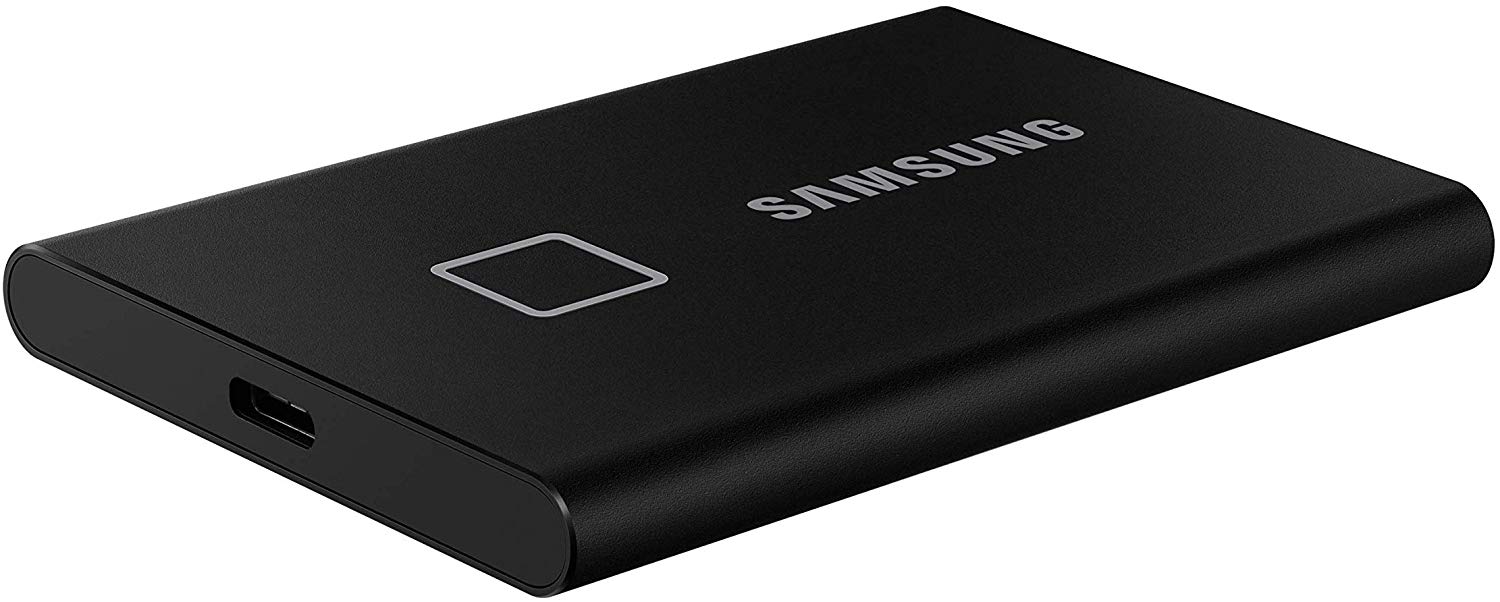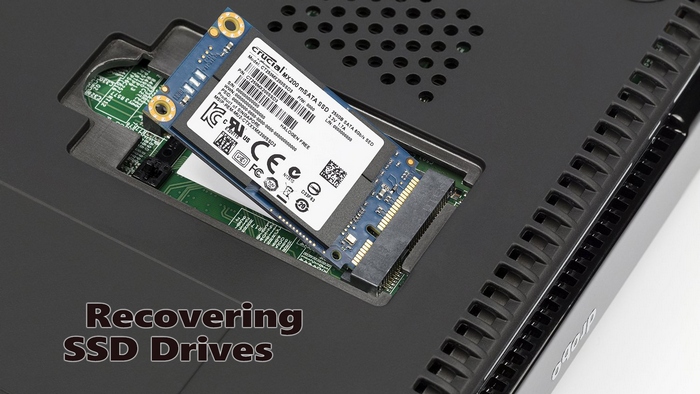

- HOW TO FORMAT SAMSUNG SSD FOR NTFS HOW TO
- HOW TO FORMAT SAMSUNG SSD FOR NTFS FULL
- HOW TO FORMAT SAMSUNG SSD FOR NTFS WINDOWS 10
- HOW TO FORMAT SAMSUNG SSD FOR NTFS WINDOWS 8.1
- HOW TO FORMAT SAMSUNG SSD FOR NTFS WINDOWS
Though not as prevalent as NTFS, you’ll often find flash drives and external solid-state drives formatted to ExFAT out of the box because multi-platform support and the lack of file size restrictions make it an ideal choice for plug-and-play setups.
HOW TO FORMAT SAMSUNG SSD FOR NTFS WINDOWS
Windows and macOS can read and write data to it.

You can read and write on Windows platforms, but macOS and Linux users will only be able to read data from an NTFS-formatted drive. Like most file systems, it’s restricted once you move outside of Windows.
HOW TO FORMAT SAMSUNG SSD FOR NTFS WINDOWS 8.1
We're focusing this guide on Windows 10, but these instructions should also work on Windows 8.1 and Windows 7.File SystemsFile systems are what operating systems use to store data on a storage device. If the drive is exhibiting problems using the Disk Management tool, as a result of data corruption or another issue, you can use the DiskPart command-line tool to resolve the problem.
HOW TO FORMAT SAMSUNG SSD FOR NTFS FULL
If you use the full format option, remember that it can take many hours to complete depending on the size.Īfter you complete the steps, the new hard drive will be initialized, partitioned, and properly formatted. Quick tip: To perform a full format that includes a disk check, clear the quick format option.

Under the "Simple volume size in MB" section, leave the default size if you're planning to use the entire hard drive to store files. Right-click the Unallocated space part of the storage, and select the New Simply Value option. GUID Partition Table (GPT) for hard drives larger than 2TB in size.Master Boot Record (MBR) for hard drives smaller than 2TB in size.Under the "Select disks" section, check the disk to initialize.Right-click the hard drive marked as "Unknown" and "Not Initialized" and select the Initialize Disk option. To set up a new hard drive with raw space on Windows 10, use these steps: Usually, you can tell a hard drive doesn't have a partition, because it will not appear in File Explorer, and on Disk Management, it'll show up as unallocated space. In the case that you have a hard drive that was never partitioned and formatted, it will not appear in File Explorer, and you'll have to initialize, create a new partition, and then format it before you can use it.
HOW TO FORMAT SAMSUNG SSD FOR NTFS HOW TO
How to create and format partition using Disk Management Once you complete the steps, the tool will format the selected partition on the drive, and then you can begin storing files.
HOW TO FORMAT SAMSUNG SSD FOR NTFS WINDOWS 10
In this Windows 10 guide, we'll walk you through the steps to properly format a traditional hard drive or Solid-State Drive (SSD), whether it already has a partition or was never initialized. Windows 10 includes many methods to format a hard drive, but using Disk Management is perhaps one of the best options for most users.


 0 kommentar(er)
0 kommentar(er)
